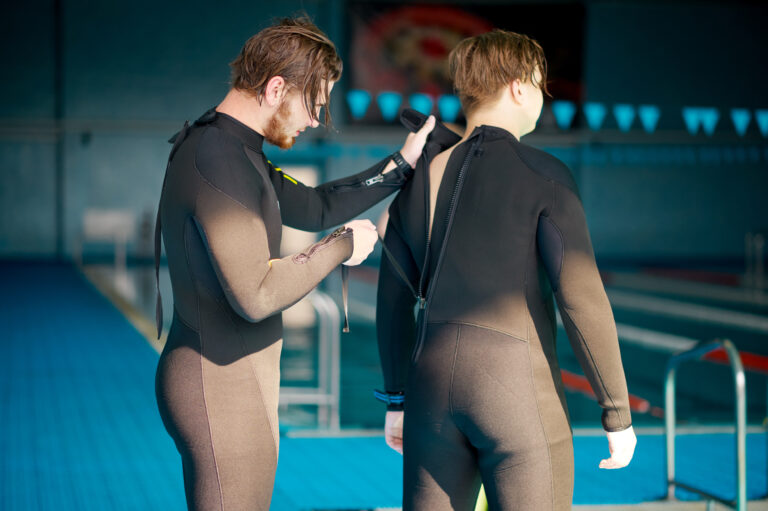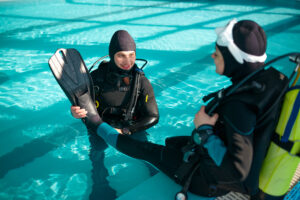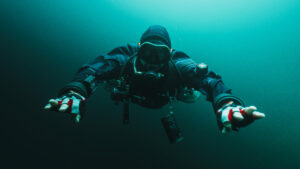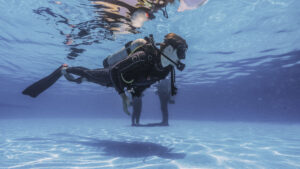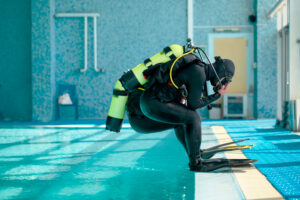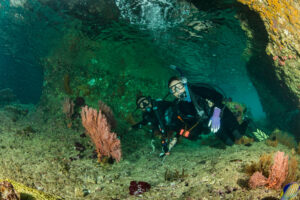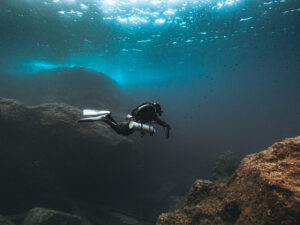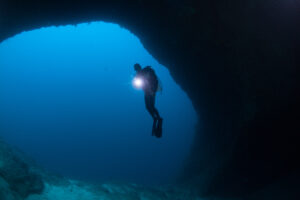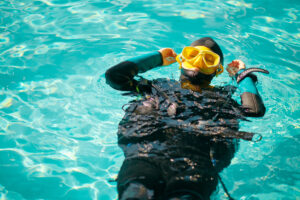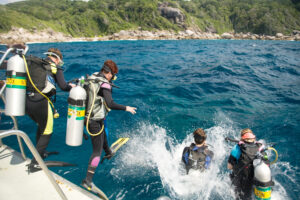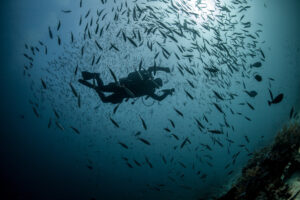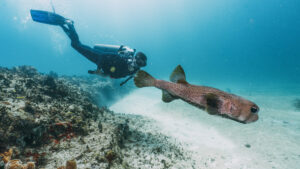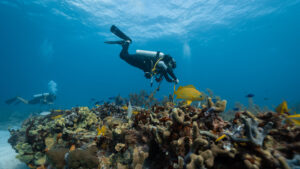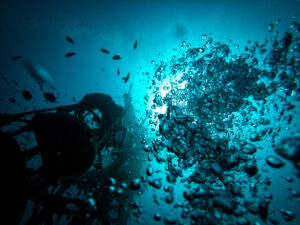What is Skandalopetra Diving?
The term ‘Skandalopetra’ refers to a specific technique within the discipline of free-diving, a method of underwater exploration that eschews the use of breathing apparatus. At its core is a uniquely shaped stone, typically crafted from marble or granite, with a weight ranging between 8 and 14 kilograms (17 to 30 pounds). This stone, characterized by its rounded corners and edges, serves as a tool to aid divers in their descent beneath the waves, tethered to a rope that is fundamental to the diver’s safety and return to the surface. The Skandalopetra technique is a reflection of a historical practice rooted in Greek culture, which has now been reimagined as a competitive sport in the contemporary free-diving arena.
Historical Context
Skandalopetra diving owes its origins to the ancient Greek practice of sponge-diving. The Mediterranean Sea, particularly surrounding the Greek islands, was rich in sponge populations. The Skandalopetra, the ‘scandal stone’, was the device of choice for these divers, enabling them to rapidly descend to considerable depths. The weight of the stone would be used to overcome the buoyancy of the diver’s body, allowing for a swift plunge into the sponge-rich depths.
When the diver had collected enough sponges, or reached their physical limit, they would signal to the tender on the boat, who would then pull in the rope to which the Skandalopetra was attached, swiftly bringing the diver back to the surface. This method of diving was not only efficient but also significantly reduced the risk of decompression sickness, commonly known as ‘the bends’, as the ascent rate was controlled and consistent.
The Skandalopetra Stone
The stone used in Skandalopetra diving is typically a flat, rounded piece of marble or granite. The precise choice of material may vary, but the essential characteristics remain constant: the stone must be sufficiently dense and smooth, with rounded corners and edges to prevent injury. Its weight, lying between 8 and 14 kilograms, ensures that it provides enough downward force to counteract the diver’s natural buoyancy. A hole is drilled through the stone, allowing a strong rope to be threaded through and firmly secured. This rope becomes the lifeline of the diver, connecting them to their surface support team.
Skandalopetra in Modern Free-Diving
In recent years, the practice of Skandalopetra diving has experienced a revival within the free-diving community, transitioning from a historical method of sponge collection to a competitive sport. Contemporary Skandalopetra divers strive to achieve the greatest possible depths on a single breath, the stone serving as their means of descent as well as a symbol of their connection to the sport’s historical roots.
Modern Skandalopetra diving follows a set of standardized rules, with safety precautions being of utmost importance. Each diver is accompanied by a safety team, including a tender who operates the rope attached to the Skandalopetra. The tender’s role is crucial, as they must ensure the swift and safe ascent of the diver after the dive. Judges assess the divers based on their performance, including their technique, the depth achieved, and their recovery upon resurfacing.
Technique and Training
The technique involved in Skandalopetra diving requires both physical strength and mental discipline. Divers must have excellent breath-holding abilities, combined with a robust physical condition to withstand the pressure changes associated with rapid descents and ascents. Training often includes a mixture of cardio workouts, strength training, particularly focusing on the upper body, and specific breath-holding exercises to increase lung capacity and efficiency.
Moreover, divers need to master the skill of equalizing pressure in their ears and sinuses as they descend, a process known as ‘clearing.’ Failure to properly clear can result in severe discomfort and potential injury due to the rapid increase in pressure with depth.
Safety Considerations
Safety is a paramount concern in Skandalopetra diving, given the inherent risks associated with breath-hold diving. Divers must never dive alone, and a surface support team, including a qualified tender, must be present during every dive. The tender’s role is to pull the diver back to the surface as soon as they indicate they are ready to ascend or if they appear to be in distress.
Moreover, participants are advised to undergo regular medical check-ups, especially focusing on their cardiovascular health and lung function. Precautions must also be taken to avoid dangerous marine life, ensure the quality of the rope attached to the Skandalopetra, and ensure the diving area is free from hazards such as strong currents or boat traffic.
The Future of Skandalopetra Diving
The future of Skandalopetra diving looks promising, with an increasing number of athletes taking interest in this unique and challenging sport. Its appeal lies in its simplicity, its direct connection to the natural world, and its roots in a tradition that dates back thousands of years. As more people come to appreciate these qualities, and as long as the emphasis on safety and respect for the ocean’s power remains strong, Skandalopetra diving is likely to continue growing and evolving, inspiring new generations of free-divers to test their limits and explore the world beneath the waves.
Key Takeaways
Skandalopetra diving is a unique blend of history, culture, and athleticism, preserving a traditional Greek diving technique within the modern context of free-diving. The Skandalopetra stone, once a tool for livelihood in sponge diving, is now a symbol of a unique sport that pays homage to its origins while pushing the boundaries of human aquatic capabilities. As competitors continue to challenge themselves and redefine the limits of this sport, the Skandalopetra serves as a constant reminder of the strength, courage, and resilience of the generations of divers who have come before.

